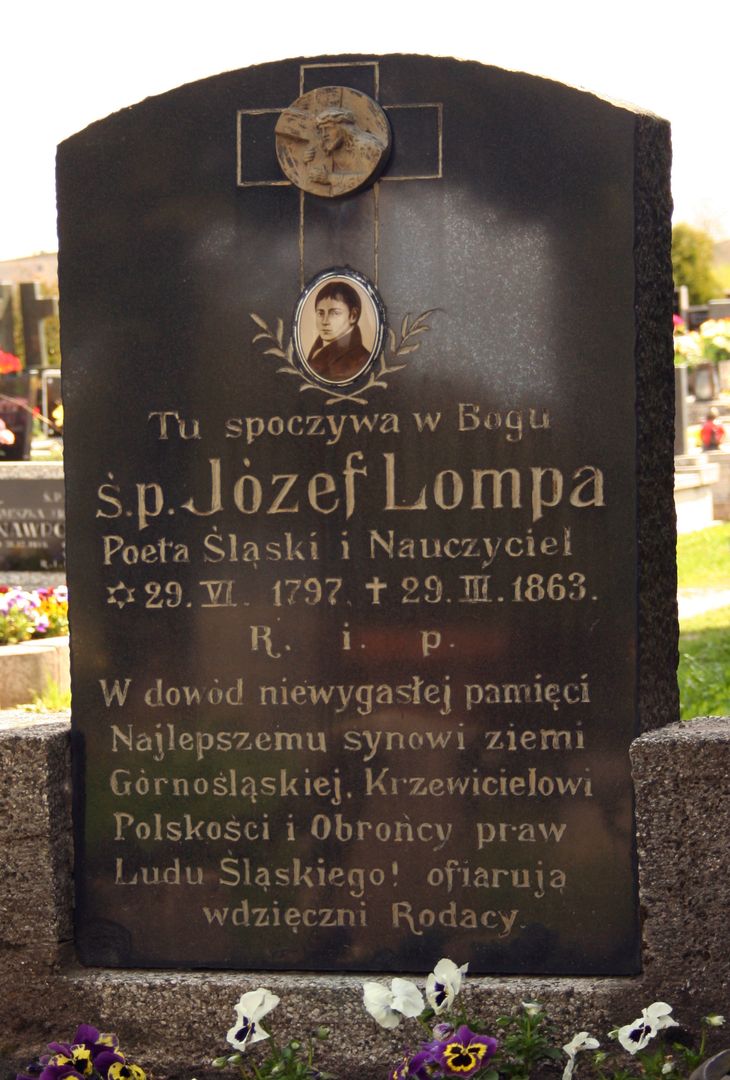St. Valentine's Church in Woźniki
6.96

Overview
The Church of St. Valentine in Woźniki is a historic wooden religious building with roots dating back to the 15th century, first mentioned in 1490. In 1696, a new church was erected, funded by the townspeople. After the construction of a brick church in Woźniki, the wooden temple was converted into a chapel. In 1702, a porch was added to it, and following a fire in 1789, it served as the parish church until 1813, after which it functioned as a cemetery church. In 1901, the interior of the church was adorned with painted decorations by Oskar Kowalewski, and the altar of St. Valentine was replaced. Renovation and conservation works, ongoing since 2000, included roof repairs, floor replacement, and the restoration of polychrome paintings.
Built using log construction, the church is oriented, features a rectangular layout, and lacks a distinctly separated presbytery. A sacristy adjoins it from the northeast, and a porch from the west. A slender, octagonal turret with a lantern crowns the roof, which is gable and covered with wood shingles, transitioning into a multi-slope roof over the presbytery area. The interior of the church is decorated with, among other elements, the early 20th-century altar of St. Valentine and a Renaissance pulpit with papier-mâché decorations.
Interestingly, near the church lies the grave of Father Józef Lompa, a renowned Upper Silesian poet and teacher, underscoring the cultural significance of this site. The church is part of the Wooden Architecture Trail of the Silesian Voivodeship, making it an important landmark on the map of regional heritage. Surrounded by a cemetery, it serves as a center of local history and tradition and represents a vital element of the cultural heritage of Upper Silesia.
Location
2025 Wizytor | All Rights Reserved